#hiphopculture
Text

#boom box#ghetto blaster#hifi#portable audio#vintage#vintage hifi#listening room#interior design#audio#80s#hiphop#hiphopculture#audiophile#radio#conion#sharp#jvc#sony#panasonic#lasonic#eames#vinyl#prince#retro#retrohifi#technics#herman miller#boombox#ghettoblaster#tech
2K notes
·
View notes
Text
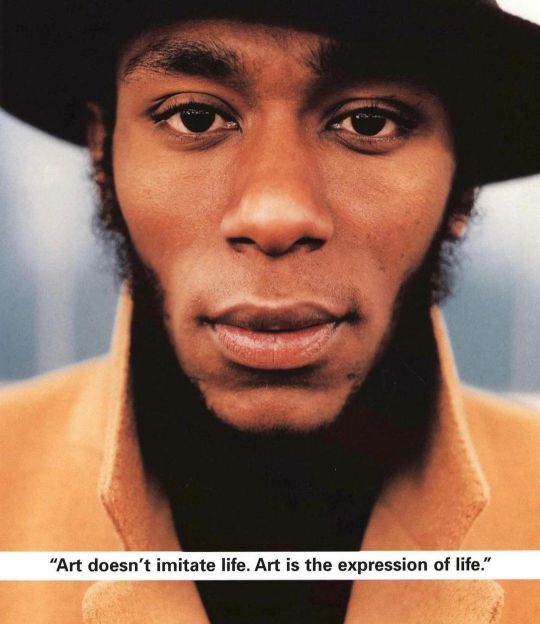

#yasiin bey#mos def#black duante#pretty flacko#goat 🐐#blackisbeautiful#blackmen#blackexcellence#black kings#hiphop#hiphopculture#blackculture#blackmusic#blackistheblueprint#fortheculture#afrocentrism#afrocentricart#rootingforeverybodyblack#allblackeverything#problack#poetry#blactivism#art#blackartist#blackartmatters#blackartisticspace#blackpower#black poets#blacktumblr
187 notes
·
View notes
Text

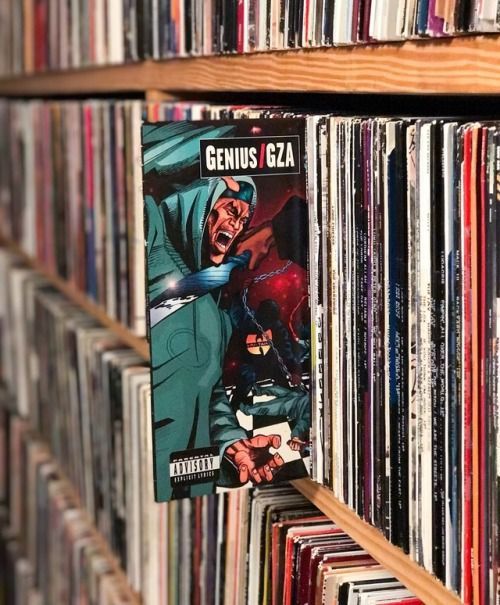
🎧Diggin In The Crates🎧
#hip hop#hiphop#hip hop video#underground hip hop#90's hip hop#rap#hiphopmusic#rapmusic#rapper#hiphopbeats#hiphopculture#hiphopmemes#rap music#boombap#rappers#female rappers#nas#mobb deep#notorious big
789 notes
·
View notes
Text
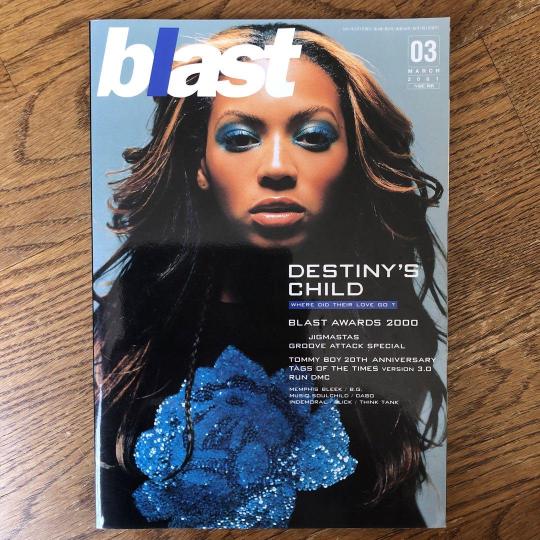
Beyoncé on the cover of Blast magazine, a now defunct Japanese magazine.
March 2001 issue.
#beyonce#vintage magazine cover#japanese magazines#vintage magazine#magazine cover#hip hop#hiphopmusic#hiphopculture#hiphop#music blog#early 2000s#2000s hip hop#y2k#y2kcore#y2k fashion#y2k style#y2k aesthetic#y2k makeup
203 notes
·
View notes
Text

The new school of hip hop was the second wave of hip hop music, originating in 1983–84 with the early records of Run-D.M.C. and LL Cool J. As with the hip hop preceding it (which subsequently became known as old-school hip hop), the new school came predominantly from New York City. The new school was initially characterized in form by drum machine-led minimalism, with influences from rock music, a hip hop "metal music for the 80s–a hard-edge ugly/beauty trance as desperate and stimulating as New York itself." It was notable for taunts and boasts about rapping, and socio-political commentary, both delivered in an aggressive, self-assertive style. In image as in song its artists projected a tough, cool, street b-boy attitude.

These elements contrasted sharply with much of the previous funk- and disco-influenced hip hop groups, whose music was often characterized by novelty hits, live bands, synthesizers, and "party rhymes" (not all artists prior to 1983–84 had these styles). New-school artists made shorter songs that could more easily gain radio play, and they produced more cohesive LP albums than their old-school counterparts. By 1986, their releases began to establish the hip-hop album as a fixture of mainstream music. Hip hop music became commercially successful, as exemplified by the Beastie Boys' 1986 album Licensed to Ill, which was the first rap album to hit No. 1 on the Billboard charts.


#african#afrakan#kemetic dreams#africans#brownskin#afrakans#brown skin#african culture#afrakan spirituality#90s hip hop#hip hop#hip hop music#hiphop#hiphopmusic#hiphopculture#hips#sexy hips#thick hips#underground hip hop#curvy hips#nice hips#nicola cavanis#beautiful#hips & ass#ikumi#beauty#implied#ll cool j#run dmc
25 notes
·
View notes
Text
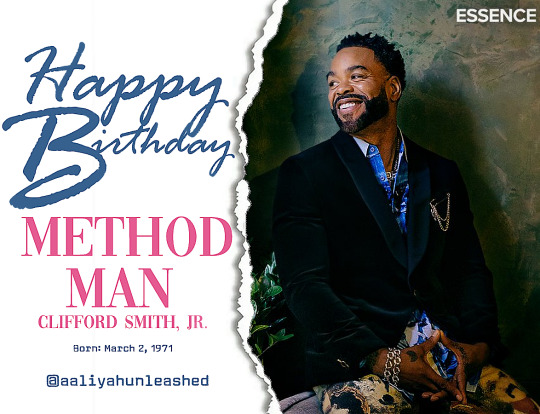

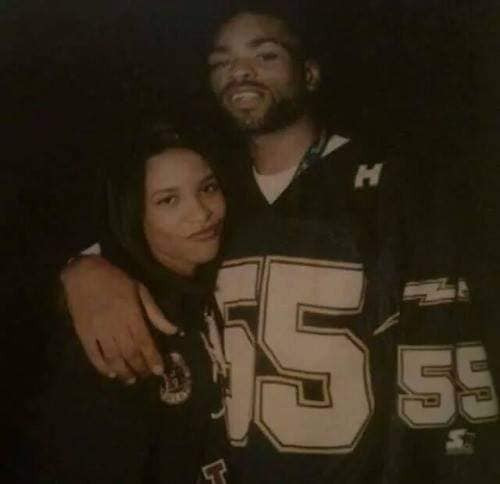

Happy Blessed Birthday to Clifford Smith Jr., better known by his stage name Method Man.
* Image of Aaliyah & Method Man (above) was taken back stage at the '95 Vibe Music Seminar Tommy Hilfiger Fashion Show. *
When Interviewed on his thoughts of Aaliyah, he said:
"The word in the hood was, she had a cockeye. Cause she always wear them shades, yahmean? But the next album came out and it was like, Whoa, she killin it on some real warrior shit. I didn’t see anyone doing what she did. I mean, Britney Spears tried but I laughed at that fuckin video. It was hilarious, yo. I liked that song Britney bit, where Aaliyah had the snake [“We Need a Resolution”]. It was deep.
Aaliyah was our pop princess. To be associated with R Kelly in any way at that point in time, that was street credibility. Some people just have that “it” factor, where it doesn’t matter where they’re at, they appeal to both sides. White kids adored her; that’s a hard bridge to cross right there, man, but she had a lot of talent. And when you meet the girl there’s a level of comfortability I can’t even describe. Her and a friend of mine were best friends, so we used to hang out. We went to Universal Studios [to a photo booth], you know those little corny sticker pictures? We used to go do stuff like that. I remember watching a home movie of her and her friends portraying the Spice Girls, that was kinda kooky. It was like being around your little sister. It wasn’t Aaliyah the big superstar. It was just Baby Girl.
I’ve always said that a comedian ain’t funny to me if he try too hard to be funny. Same shit with sexy. Aaliyah didn’t have to try hard. She was a total package as far as singing, dancing and entertaining. She was killin all that, and it was a relief to find out she actually ain’t cockeyed. And her moms was mad peace but very stern, remind me of my bougie aunts and shit. Not bougie in a bad way, but you know, Nigga I ain’t havin it. "
- Method Man on Aaliyah
Read FULL interview here: https://www.thefader.com/2011/08/25/aaliyah-angel-so-fly-2
Method Man was part of the Rap group Wu-Tang Clan.
DID YOU KNOW: Wu-Tang clan wanted to work with Aaliyah (who was at the time a high demand artist)? RZA wrote Gravel Pit for Aaliyah.
#aaliyah#aaliyahhaughton#teamaaliyah#aaliyahforever#ripaaliyah#hiphopculture#rapculture#WuTangForever#methodman#methodmanandredman#drdre#wutang#oldschoolhiphop#hiphopclassics#topdawgentertainment#wutangclan#90srap#90srapartist#90s
10 notes
·
View notes
Text
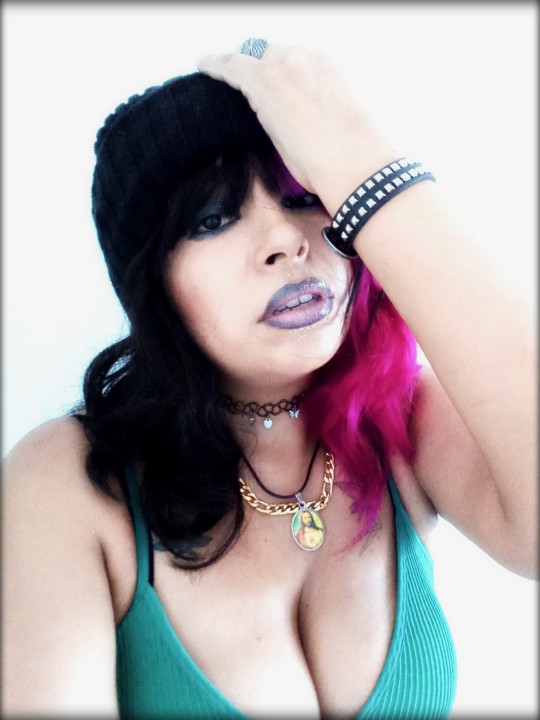
Goodnight 🌙✨🦋
#rappers#rapmusic#trapmusic#altgirl#singersongwriter#alternativemodel#singer#alternativegirl#girlvocals#hiphop#gothic#gothique#goth makeup#gothic style#hiphopculture#hiphopartist#hiphopmusic#trapmuzik#Spotify
27 notes
·
View notes
Text
The Bridge is Here!
MAN by T-Huny LaTasha Williamson produced by Herb Middleton
#MAN
#moontownrecordspublishing
#HipHop
#TheNext50
#Bridgemusic
#hiphop#rnbartist#rnblovers#classical music#rnbsong#hiphopculture#blues music#hiphopartist#rnbsoul#pop music#female#female rap artist#female rapper icons
22 notes
·
View notes
Text
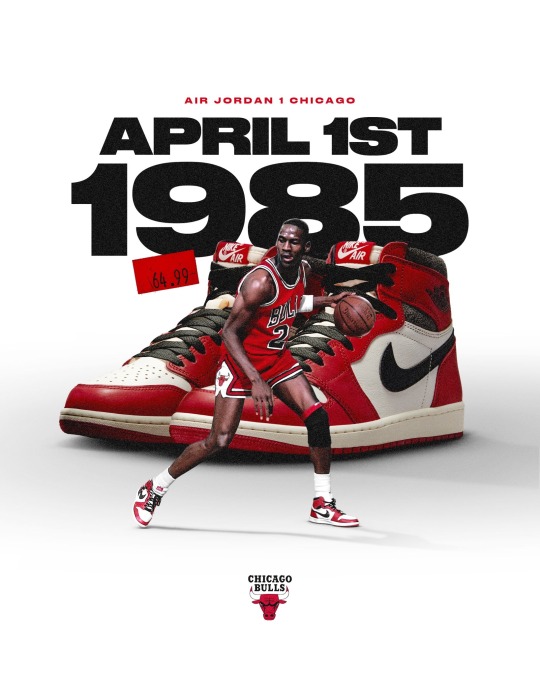
28 notes
·
View notes
Text
Goochy 2 Turnt https://open.spotify.com/artist/05btjRkEHwOKFWP3CCONMO
#drillmusic#house music#trapradio#hiphopradio#hiphopdj#hiphopbeat#hiphopculture#newyorkdrill#music#nelsonlantiguamusicgroup#radiotropical#Spotify
6 notes
·
View notes
Text
Resonating Words: An Overview of Tupac Shakur's Speech as an American Hip-Hop Artist

Introduction: Welcome to our blog, where we delve into the powerful influence of hip-hop culture and the indelible impact of one of its most iconic figures, Tupac Shakur. In this post, we embark on a journey to explore the profound words and speeches of Tupac Shakur, an American hip-hop artist whose artistry extended far beyond music. Join us as we unravel the significance of his speeches, their relevance in contemporary society, and the enduring legacy of his message.
The Voice of the Voiceless:
Tupac Shakur, known for his lyrical prowess, was equally renowned for his powerful speeches that addressed issues such as social inequality, police brutality, and systemic racism. His words resonated deeply with those who felt marginalized and unheard, earning him a reputation as the voice of the voiceless within the hip-hop community and beyond.
"The Rose That Grew from Concrete":
Tupac Shakur's speech, "The Rose That Grew from Concrete," encapsulates his ability to articulate the struggles faced by individuals from disadvantaged backgrounds. He poetically depicts the resilience and determination required to rise above societal obstacles, offering hope and inspiration to those facing similar challenges.
Social Justice and Activism:
Tupac's speeches were characterized by a passionate call for social justice and activism. He encouraged individuals to question the status quo, challenge oppressive systems, and strive for a more equitable society. His words urged listeners to use their voices and actions as catalysts for change, empowering them to stand up against injustice.
Personal Transformation and Self-Reflection:
Tupac's speeches often delved into personal introspection, revealing his own vulnerabilities and growth. He emphasized the importance of self-reflection and the necessity of personal transformation to effect change in the world. His words encouraged individuals to examine their own beliefs, actions, and biases, inspiring them to strive for personal growth alongside societal progress.
Uniting Divided Communities:
Tupac's speeches possessed a unifying quality, as he aimed to bridge the gaps between divided communities. He sought to transcend racial, social, and cultural boundaries, emphasizing the need for empathy, understanding, and compassion. Through his words, he urged people to come together, find common ground, and work towards a collective vision of unity.
Legacy and Impact:
Tupac Shakur's speeches continue to resonate with audiences worldwide, even decades after his untimely passing. His messages of social consciousness, resilience, and unity remain relevant in today's society. Tupac's ability to express complex ideas with raw emotion and lyrical artistry continues to inspire artists, activists, and individuals seeking to make a positive impact.
Conclusion:
Tupac Shakur's speeches embody the spirit of hip-hop as a platform for social and political expression. His words, filled with raw emotion, empathy, and a call to action, continue to reverberate through time. Tupac's ability to articulate the struggles faced by marginalized communities, his unwavering commitment to social justice, and his focus on personal transformation make his speeches an enduring testament to his legacy as an American hip-hop artist. As we reflect on his words, may we be inspired to carry forward his message, empowering ourselves and others to strive for a more equitable and united society.
#TupacShakur #HipHopLegend #PowerfulSpeeches #SocialJustice #ActivismMatters #Resilience #InspiringWords #UnityThroughMusic #VoiceOfTheVoiceless #LegacyOfTupac #ConsciousHipHop #Empowerment #ArtisticExpression #ChangeTheWorld #HipHopCulture
#TupacShakur#HipHopLegend#PowerfulSpeeches#SocialInjustice#ActivismMatters#Resilience#InspriringWords#UnityThroughMusic#VoiceoftheVoiceless#LegacyOfTupac#ConsciousHipHop#Empowerment#ArtisticExpression#ChangeTheWorld#HipHopCulture#Black Tumblr#black excellence#Black Community
14 notes
·
View notes
Text

#methodman#method man#wutang#wutangclan#wuwednesday#wutangwednesday#blackisbeautiful#blackistheblueprint#blackmenkillingit#blackmen#itsallabouthiphopmusic#hip hop#hiphopculture#for the culture#blackculture#blackmusic#blackisavibe#blackexcellence#blacktumblr
189 notes
·
View notes
Text

I sip the Dom P, watching "Gandhi" 'til I'm charged
Then writing in my book of rhymes, all the words past the margin
-Nas
#nas#hiphop#hiphopmusic#hiphopculture#hip hop#hip hop artist#80shiphop#90s hip hip#2000s hip hop#illmatic#rappers#rap
645 notes
·
View notes
Text
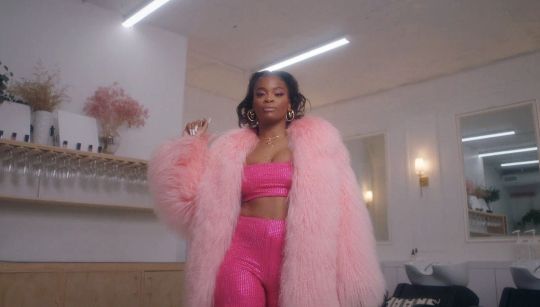


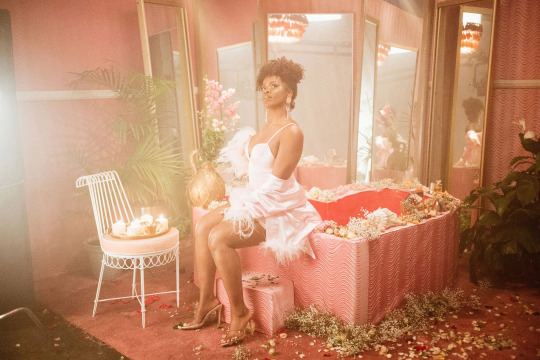
pink
#ari lennox#hip hop#hiphopmusic#hiphopculture#rnb#soul#neosoul#music blog#dreamville#jcole#bas#jid#earthgang#lute#cozz#omen#north carolina#washington dc#this is just turning into an ari lennox fan blog lol#pink moodboard#pink obsessed
38 notes
·
View notes
Text

The RANDOM #MFDOOM ALBUM SELECTOR by Madina.co.uk
Hit the selector or screengrab to choose your #MFDOOM album for listening
#mfdoom#mf doom#hiphopculture#hiphop#operationdoomsday#madvillain#viktorvaughn#design#illustration#rap#art#animated gif#madlib#madina#Spotify
55 notes
·
View notes
Text
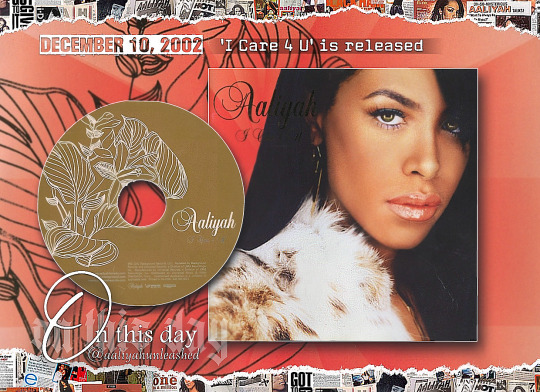






#OnThisDay December 10, 2002, Compilation album “I Care 4 U” is released.
Blackground Records and Universal Music decided to release a posthumous record that included songs from her studio albums and previously unreleased tracks and demos, recorded between 1993 and 2001; including “I Miss You”, “Don’t Know What To Tell You” and “Erica Kane” along with a few of Aaliyah’s greatest hits such as “One In A Million”, “Are You That Somebody” and “At Your Best (You Are love)”.
I Care 4 U was certified Platinum in the United States and sold over 1.6 million copies in the country (6 million worldwide).
#aaliyah#aaliyahhaughton#aaliyahdanahaughton#babygirl#oneinamillion#blackground#universalmusic#90smusic#90srnb#90shiphop#timbaland#missyelliott#hiphopculture#2000smusic#areyouthatsomebody#tryagain#atyourbest#todayinmusic#posthumous#greatesthits#todayinhiphop#todayinrnb#aaliyahhistory#todayinhistory#today#rnbculture#90slove#90sclassic#blackexcellence
11 notes
·
View notes